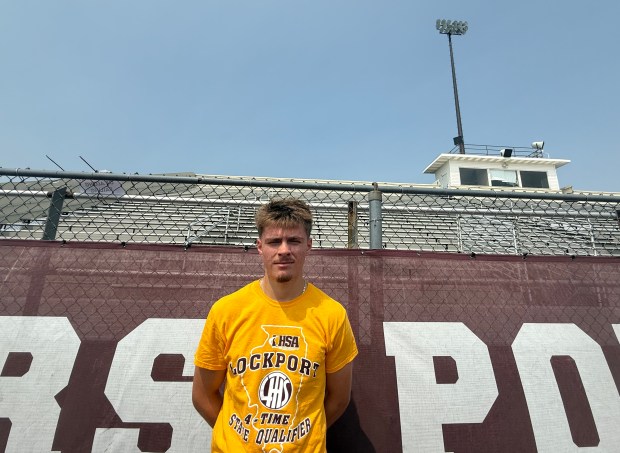The Association for Individual Development, an organization also known as AID, that provides services to people with physical, developmental, intellectual and mental health challenges, is looking to build a new supportive housing project in Aurora.
The new 20 units of supportive housing would be located in the old school building at the corner of Jackson Street and Second Avenue on Aurora’s East Side. That building, which would be renovated into apartments and expanded as a part of this project, is currently owned by the nearby Iglesia Evangelica Luterana San Pablo, which is a partner with AID in this project.
AID would also be partnering on the development with The Neighbor Project and Hesed House, two Aurora-based organizations focused on housing, but this project would be “slightly different than straight-up affordable housing,” according to AID President and CEO Lore Baker.
She told the Aurora City Council’s Building, Zoning and Economic Development Committee on Feb. 12 that these units would be for people who are both low-income, specifically those who make 30% or less of the area’s median income, and need ongoing services and support.
As for who may need ongoing support, Baker said that may include people with any kind of disability, those who have multiple chronic conditions that make it difficult to hold down long-term employment and people previously or actively experiencing homelessness, as well as veterans.
On Tuesday, the project went before the City Council Committee of the Whole, which sets the council’s agenda for the following week. That committee placed the three items related to AID’s proposed project on the Feb. 25 City Council meeting’s consent agenda, which is typically used for routine or non-controversial items that are all approved with one vote and without discussion instead of needing to vote on and talk about each individual item.
At Tuesday’s meeting, Baker said AID would look to break ground in the spring if the project is approved at the City Council meeting. After groundbreaking, the construction would likely take a year, she said.
The old school building’s classrooms would be converted into 10 apartments, while an addition to the building would bring an extra 10 units, according to Liezel Pimentel of WJW Architects. The school building’s gym would be converted into a lounge and community space for residents as well as a half basketball court, she said at the Feb. 12 Building, Zoning and Economic Development Committee meeting.
The addition would have brick and stay at a height of only two stories to keep with the existing buildings on site, Pimentel said.
According to her presentation, 14 of the units are set to be one-bedroom while the other six would be two-bedroom units. Each of the units are set to include full kitchens, full bathrooms and “ample” storage, a staff report about the project included with the Feb. 12 meeting’s agenda said.
The project is also expected to hold on-site offices, both for property management and supportive services staff, according to the staff report. A bowling alley in the school building’s basement that is currently open to the public would stay.
In addition to restoring the historic school building to save it from “continuing to fall into disrepair and possible demolition while adding additional housing to the neighborhood on an underutilized parking lot,” the project would also add landscaping to the property, including along Second Avenue, the staff report said.
A landscaped courtyard area with outdoor seating would be created on the property, which would also serve as a shared path for the apartment building and existing buildings on site, according to Pimentel.
The project would dedicate 20 parking spaces to the apartments, but that parking lot would be shared with the church, and there are more than enough spaces for both the church and the development, city staff said at the Feb. 12 committee meeting.
One of the three items set to come before the Aurora City Council at the Feb. 25 meeting would subdivide the property into three — one for the church and its related buildings, one for the supportive housing project and one for an existing two-unit residential house. Another item set to come before City Council would rezone the three properties to match their proposed or current uses, and the last item would approve the supportive housing project’s plan.
rsmith@chicagotribune.com




